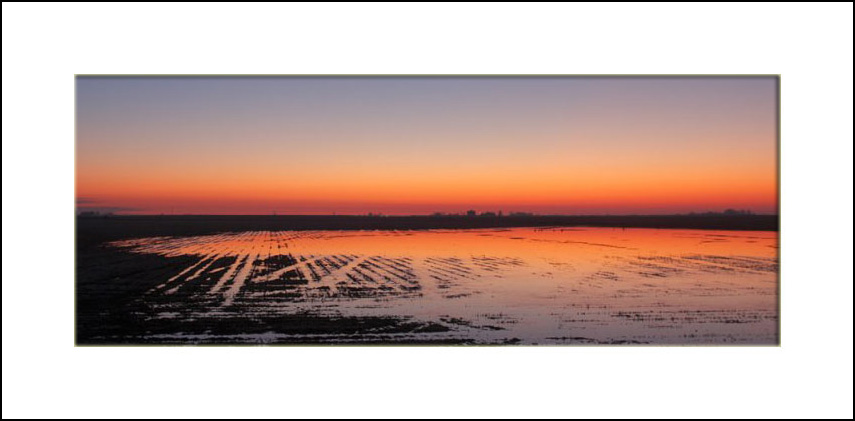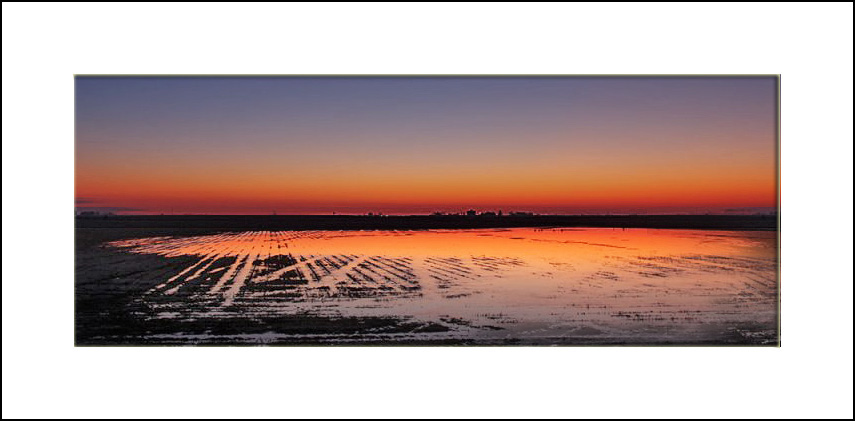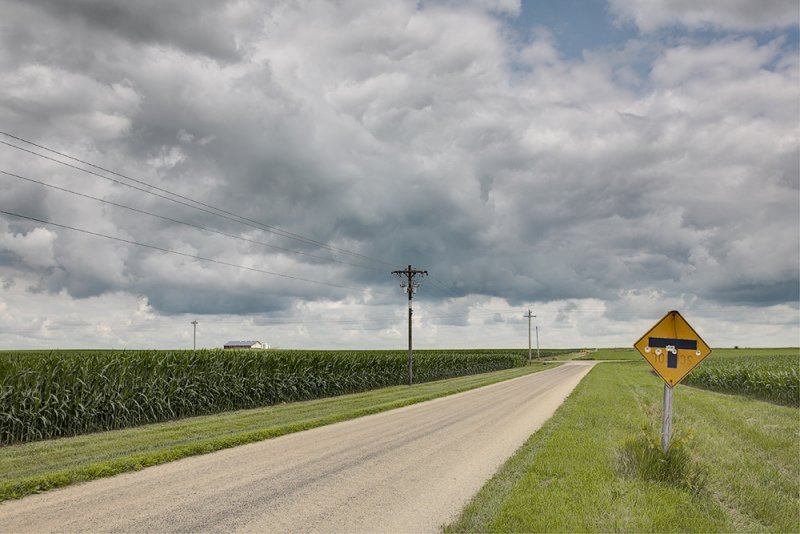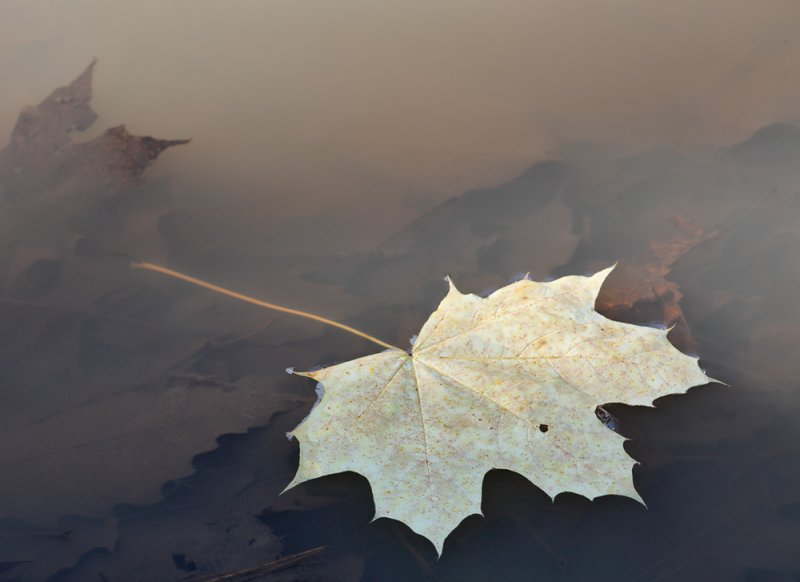Hi Tom,
Here is an excerpt from an essay I am working on. It is titled "What is Fine Art Photography?" I believe that it answers your question in regards to my earlier comment. The only difference is in the terminology I use. Here I use the word "vision" instead of the word "seeing" and the word "documentation" instead of the word "literal," otherwise my point is the same.
In case you are not familiar with my work, I need to mention that my work focuses on the creation and sale of Fine Art Photographs.
This essay is one of the chapters in my third book which is due to come out end of next year. This excerpt is copyright © Alain Briot 2009. It is part of Section 2: the Artistic Aspects of Fine Art Photography. Art is one of the three aspects of Fine Art Photography. Each of these three aspects has several characteristics. This is characteristic D:
D - The photograph cannot be just documentary
Documentation is favored in certain types of photography, such as scientific and forensic recording for example. In these fields, the purpose of taking a photograph is to record the scene or the subject in the most literal manner possible, so that what the photograph shows is as close as can be to what the witnesses, researchers and investigators saw. The purpose is to prevent the personality and the opinions of the photographer from becoming part of the photograph. The person who took the photograph must be totally absent from the photograph. Their personal beliefs, views and opinions should in no way be present or expressed in the photograph. It is as if this person never existed, and as if the camera took the photograph by itself.
Fine Art Photography is the exact opposite. In fact, we can take each of the statements above, write exactly opposite statements, and have excellent guidelines for the creation of Fine Art Photographs. Let’s give it a try: the purpose of a Fine Art Photograph is to record a scene or a subject so as to share personal views on this scene or subject. The photograph needs to be different from what observers present when the photograph was taken saw. The purpose of the photograph is to share the personality and the vision of the photographer and have these visually present in the image. The person who took the photograph must be present in the image, metaphorically speaking. Their personal beliefs, views and opinions must be present and expressed in this image. It is as if the photograph can never be separated from the person who created it, as if this photograph could never be created by the camera alone.
This is because art is the opposite of documentation. Art is the expression of the artist's personality, vision and inspiration. As such, a Fine Art Photograph is a vehicle through which the artist shares his vision with his audience. Therefore, to be considered Fine Art a photograph can in no way be purely documentary. Instead, it must primarily be expressive. This expression must reflect the artist’s personality, inspiration, vision and personal style, as well as the artist’s emotional response to the subject.
In other words, the artist has to be "present" in the work by making his personality and style visible through the facture (the rendering) of the piece. The work cannot simply represent what was in front of the camera. It must also represent what the photographer thought, saw and felt.
Alain Briot
Vistancia, Arizona
November 2009
Copyright © Alain Briot 2009







